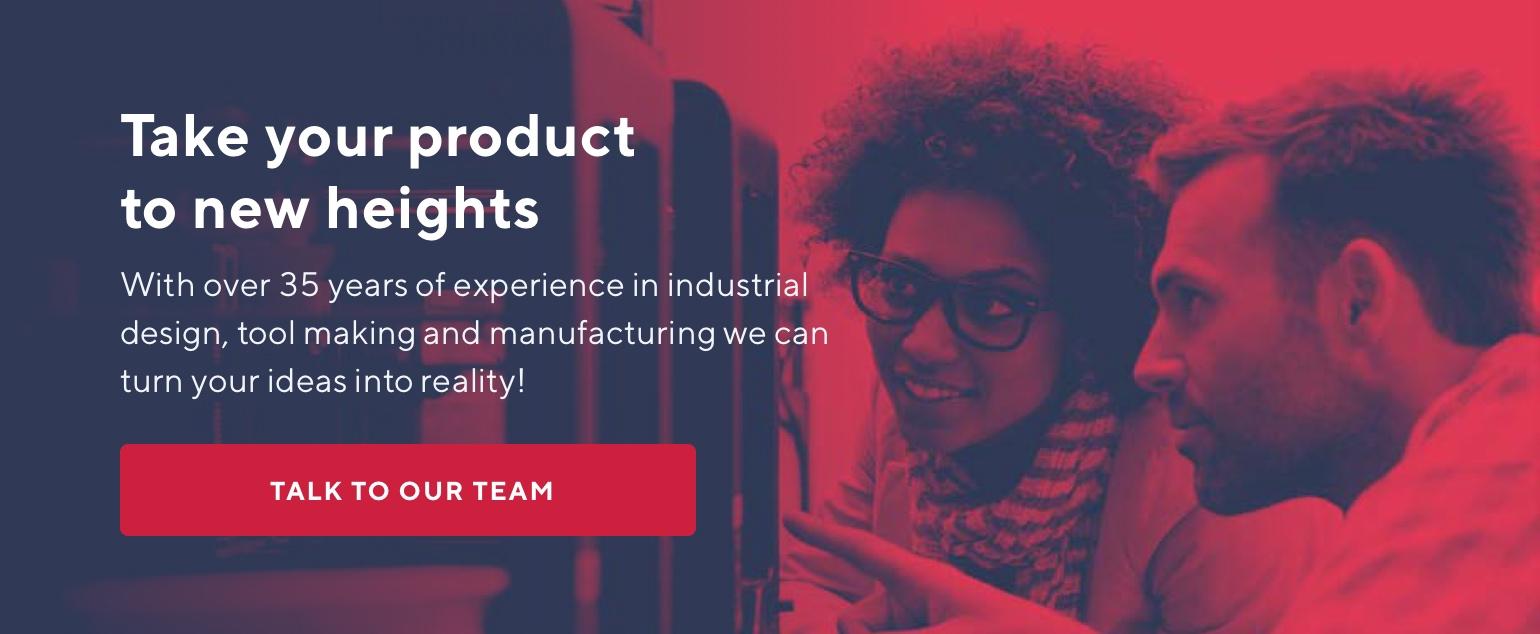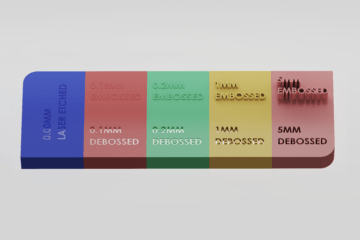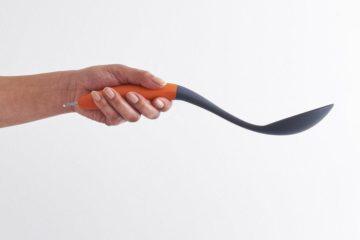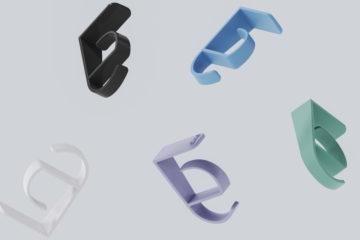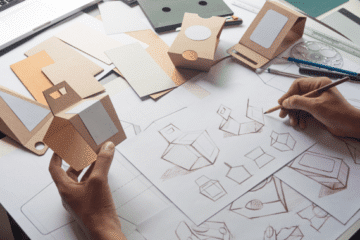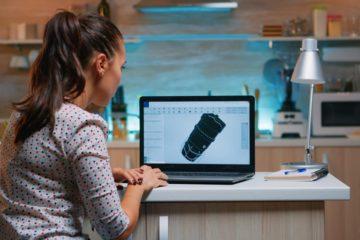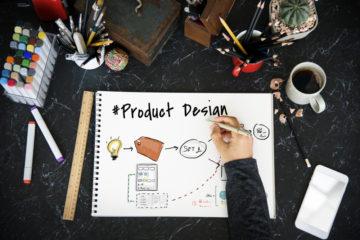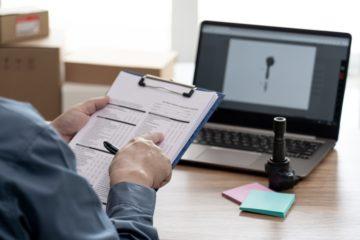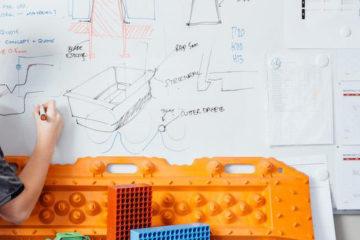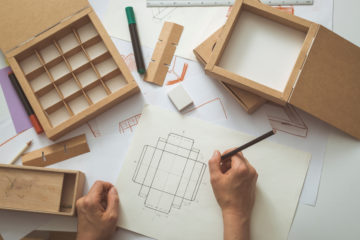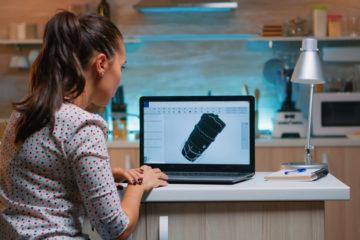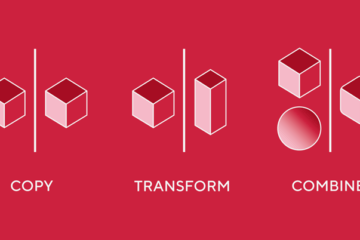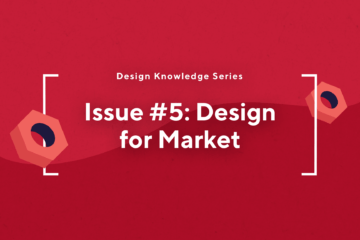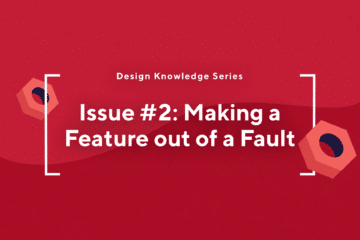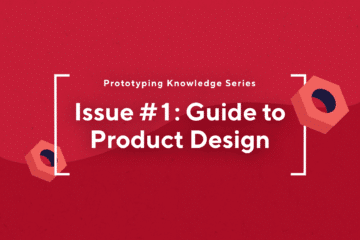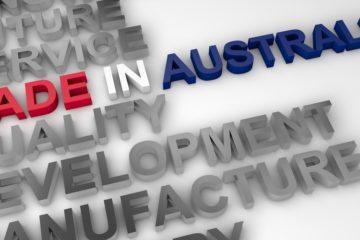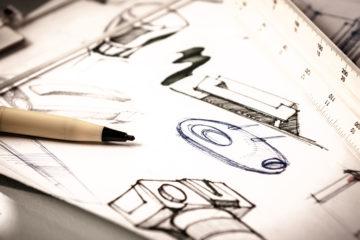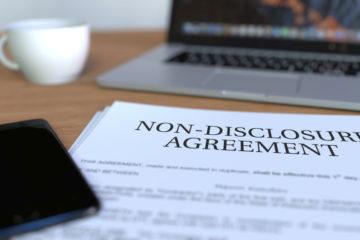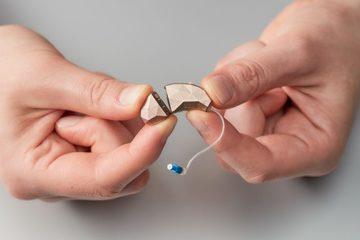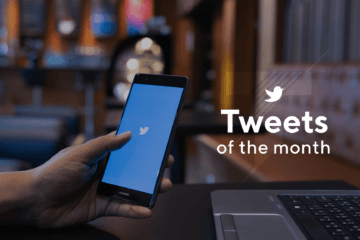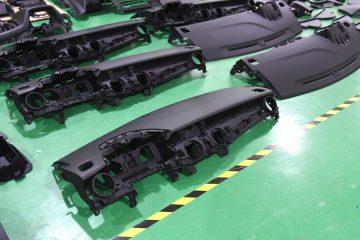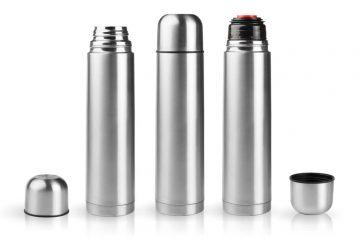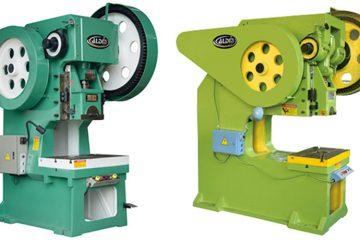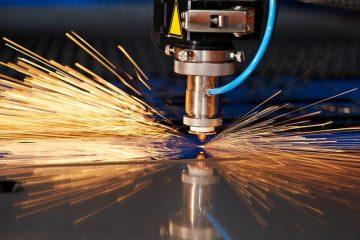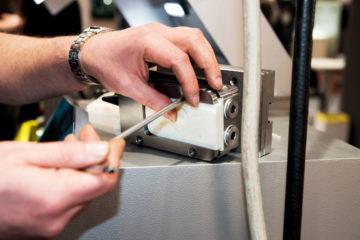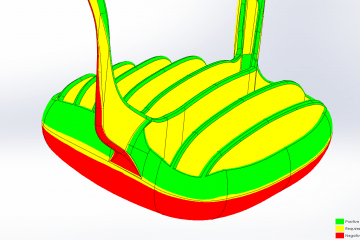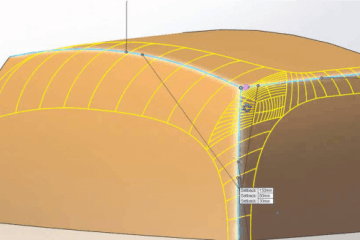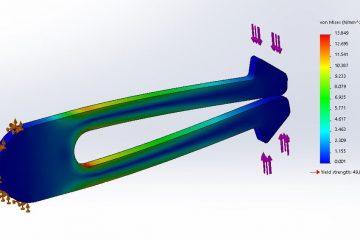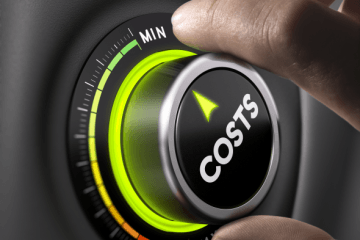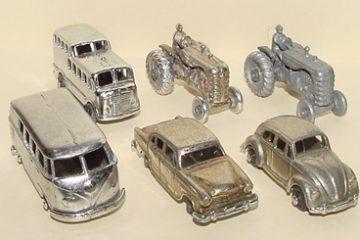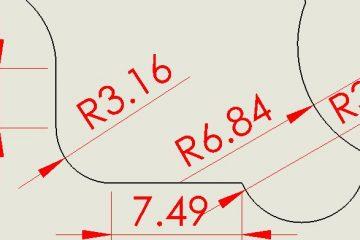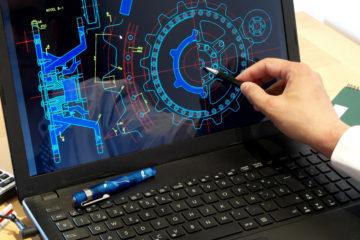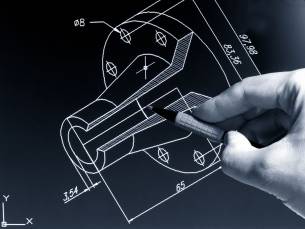
Once you’ve taken your concept from design to manufacturing-ready, then the next step is deciding on the best product packaging.
Packaging is essential to ensure your product is protected during shipping and to make it look appealing to customers.
The days of ‘don’t judge a book by its cover’ have passed. Appealing packaging is important to make your product stand out, establish your brand, and generate sales. The best product in the world can be drastically undervalued if it is covered in low quality and poorly thought through packaging on the shelf.
Presenting your product professionally is key. You’ve done so much work to get your product to this stage, so don’t let yourself down with cheap packaging options.
When producing packaging, you need to consider many factors, from structure, strength, visuals, to the customer experience. If the package is difficult to open or navigate, this may make the customer frustrated before they’ve even seen the product inside. Here are a few things to keep in mind for your packaging:
Considering packaging when designing your product
Ideally, you should consider packaging early on in the design stage. It doesn’t need to be centre of mind – after all the product design is more important – but keep in mind how the product will be displayed and packaged in the store, or how it will be packaged. Sometimes slight adjustments can be made to the design that greatly enhance its packaging and presentation. Maybe it can be made thinner to fit in a smaller box, or a flat edge added to allow for standing up on the shelf, or hanging points added.
How is your product being stored and presented in-store?
Consider the packaging requirements of the product. Is it going to be in-store? If so, do you want the product to be completely enclosed, or is it best that it is on display with windows or potentially cut-outs where the texture of the product can be felt. What features do you want to highlight in the product? The material, shape, and colours of the packaging should be cohesive with the aesthetics of the product to present a product that looks highly professional and stylish. If you nail this, the customers gaze will be naturally drawn to your product on the shelf and your presentation will scream quality.
Is your product being shipped to the customer?
If your product is being shipped directly to the customer, you have to think less about visual presentation on the box and more on the first impression of the product and packaging security. Here, it’s all about the excitement of opening, and the experience of getting into the packaging and revealing your product, and ensuring the product gets to your customer in perfect condition. Ensure your product can’t move or wobble at all – with electronics cardboard holders that hold your product in space are superb and a clean and simple alternative to space-fillers like carboard, airbags, and void-fillers. Make your packaging easy and simple to get into, and have your product front and centre, seated proudly for the grand reveal.

The Google Pixel Buds unboxing experience has the Pixel Buds sitting proudly, front and centre and immediately viewable when unboxed, whilst hanging in space held off the walls of the packaging by the cardboard stand and upper cushioning.
What about screws, stickers, or other supplementary parts?
Think about how the package can fit the design and how you can make it convenient for the customer. For example, if your product has many small parts like screws, you need to consider how to pack them. Auxiliary items like screws should be kept out of harm’s way so they cannot damage packaging, and also out of sight so as to not detract from the unboxing experience. Cables and other items that are notoriously messy should be stored orderly.
In recent years cable management in packaging has been greatly improved, greatly increasing the customer experience.

The size of packaging
The size of your package needs to be determined by the exact final specifications of your product. Smaller and more optimised packaging can save you time and reduce costs, though sometimes larger packaging is needed to allow for cushioning around products to protect them from bumps and shocks in transit. Packaging in boxes allows for stackability, and soft packaging allows for a high number of units to be stored in small spaces, though is only suitable for soft products like clothes and other textiles.
When is it okay to use budget packaging?
If your product is a low-priced product that is not branded and aims to undercut all the competition on price – think of a generic no-name product you find on Amazon – then it is perfectly okay to go cheap on packaging. This is where bubble wraps and generic shipping satchels are suitable, as you aren’t looking to develop your brand and develop a connection with the customer – the only point of difference you are looking for is price. However, it’s still important to do the right thing by the environment, so consider sustainable packaging such as recycled paper/card wraps.
Packaging seems like a minor part of product development, but it is a truly important make-or-break stage of your product’s journey. Give it the respect it deserves and work with a designer to get it just right.
Looking for packaging for your product?
Dienamics have years of experience designing packaging to suit all kinds of products and components. So if you have a project that may also require packaging, contact Dienamics today for all of your design, manufacturing and packaging needs.
Subscribe to Our Newsletter
Get the latest news from Dienamics into your inbox





